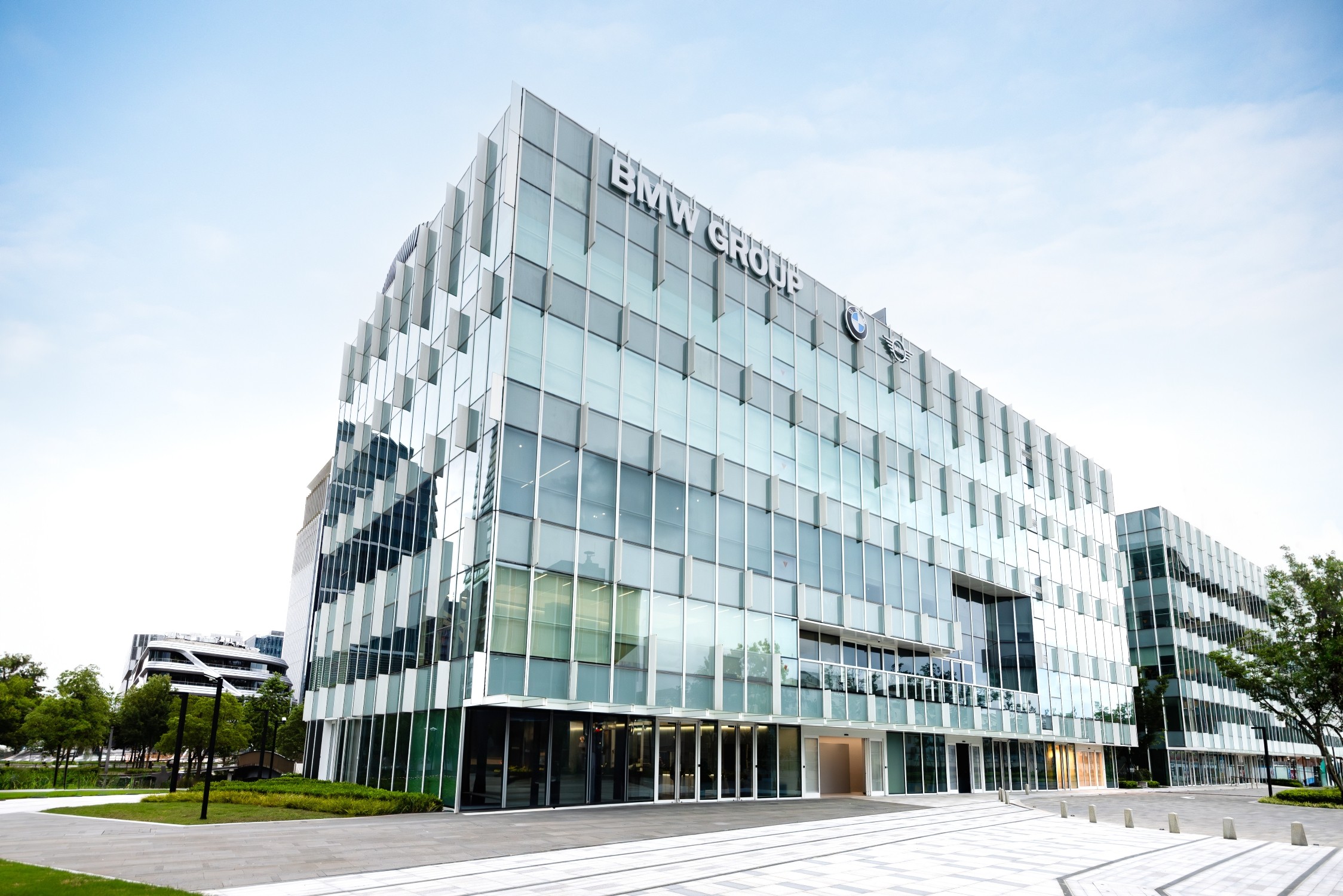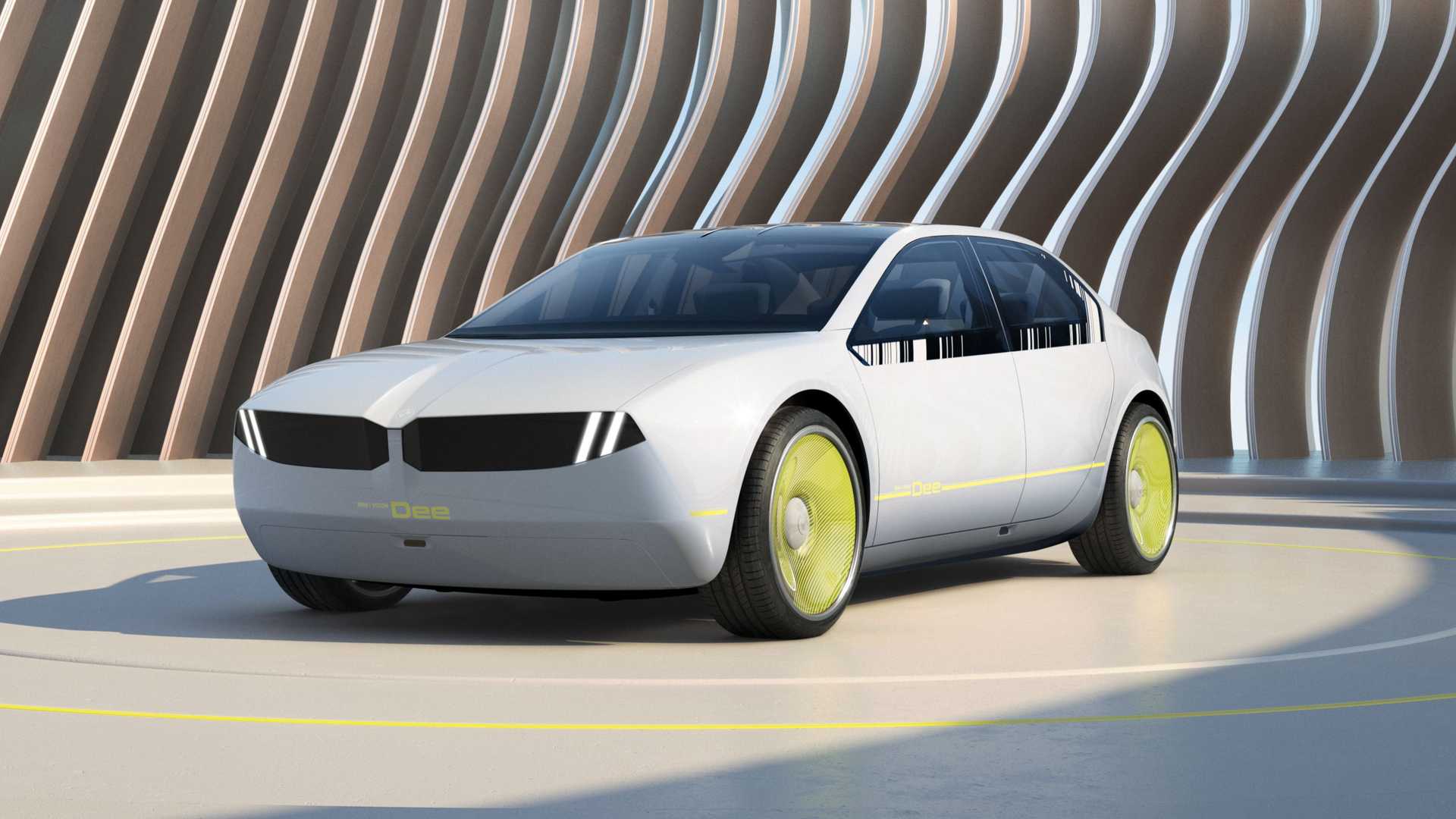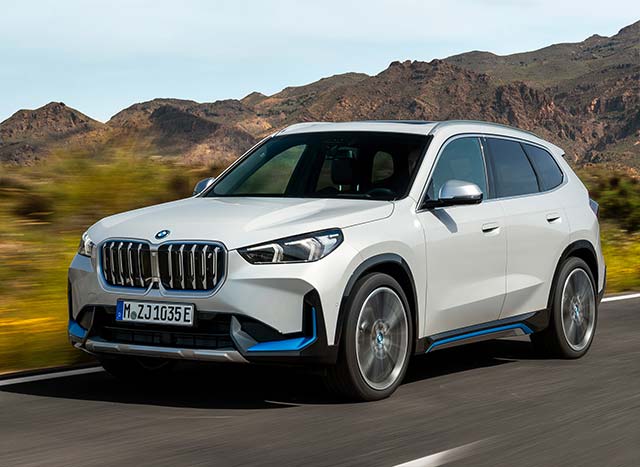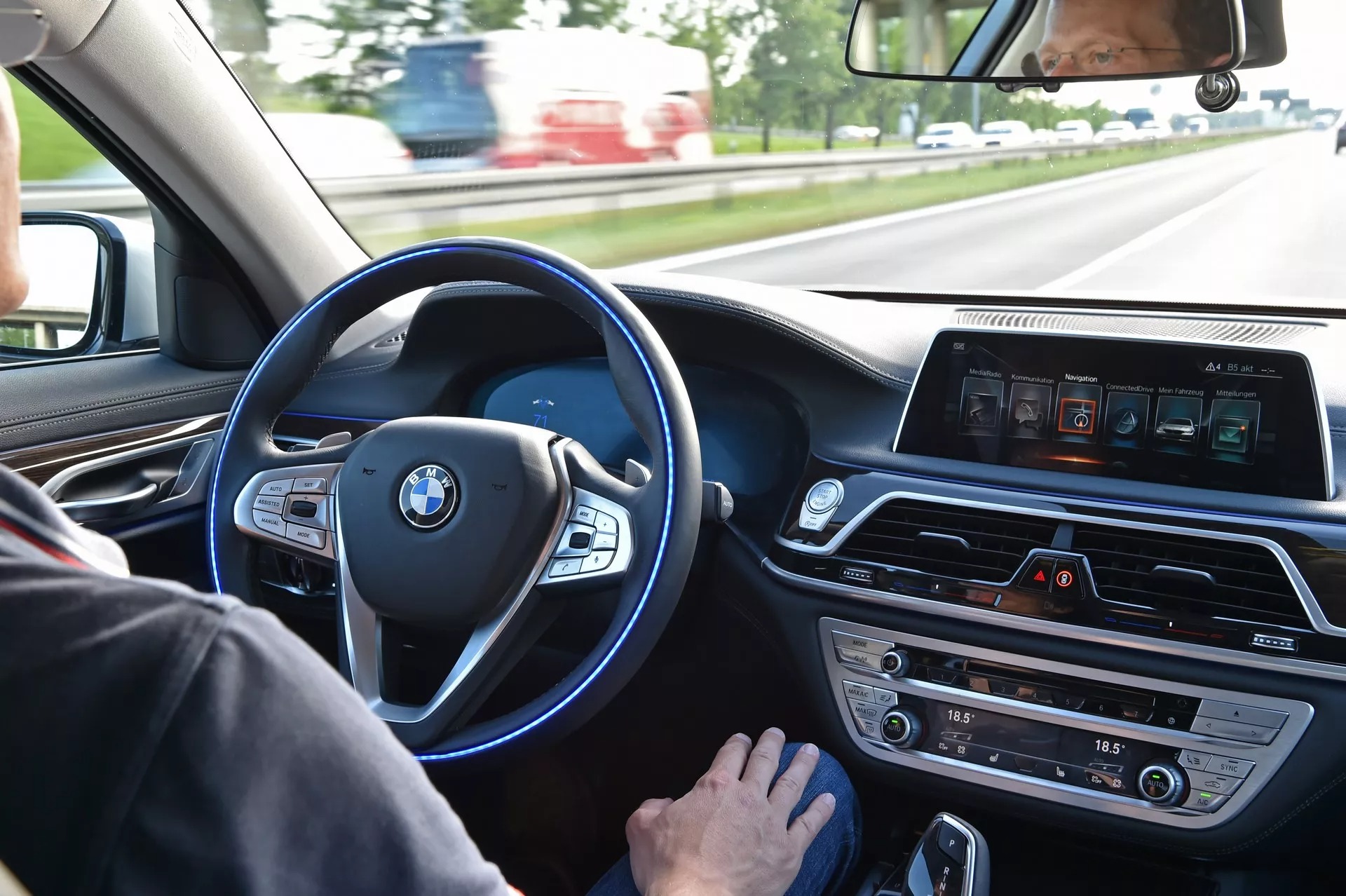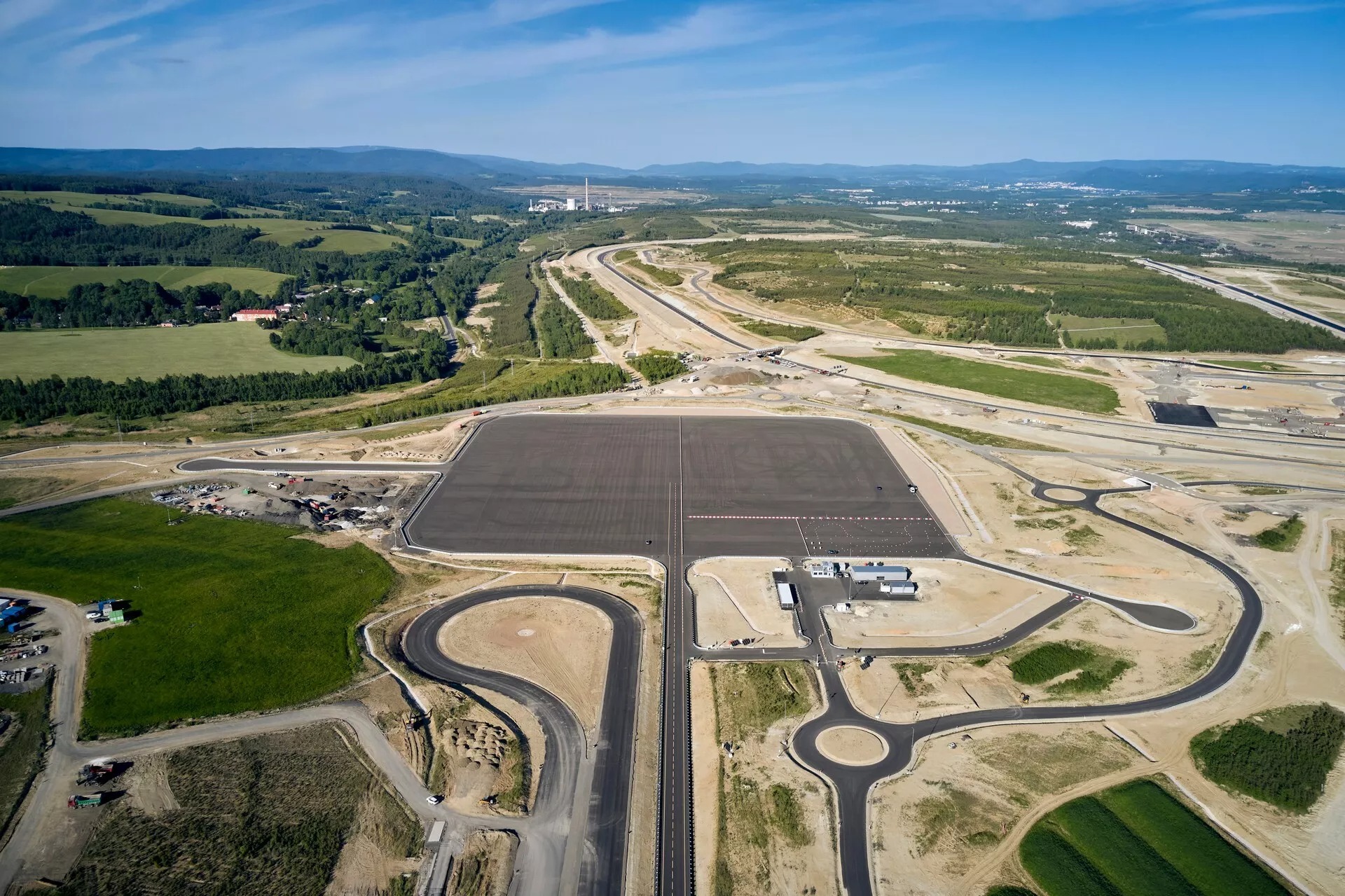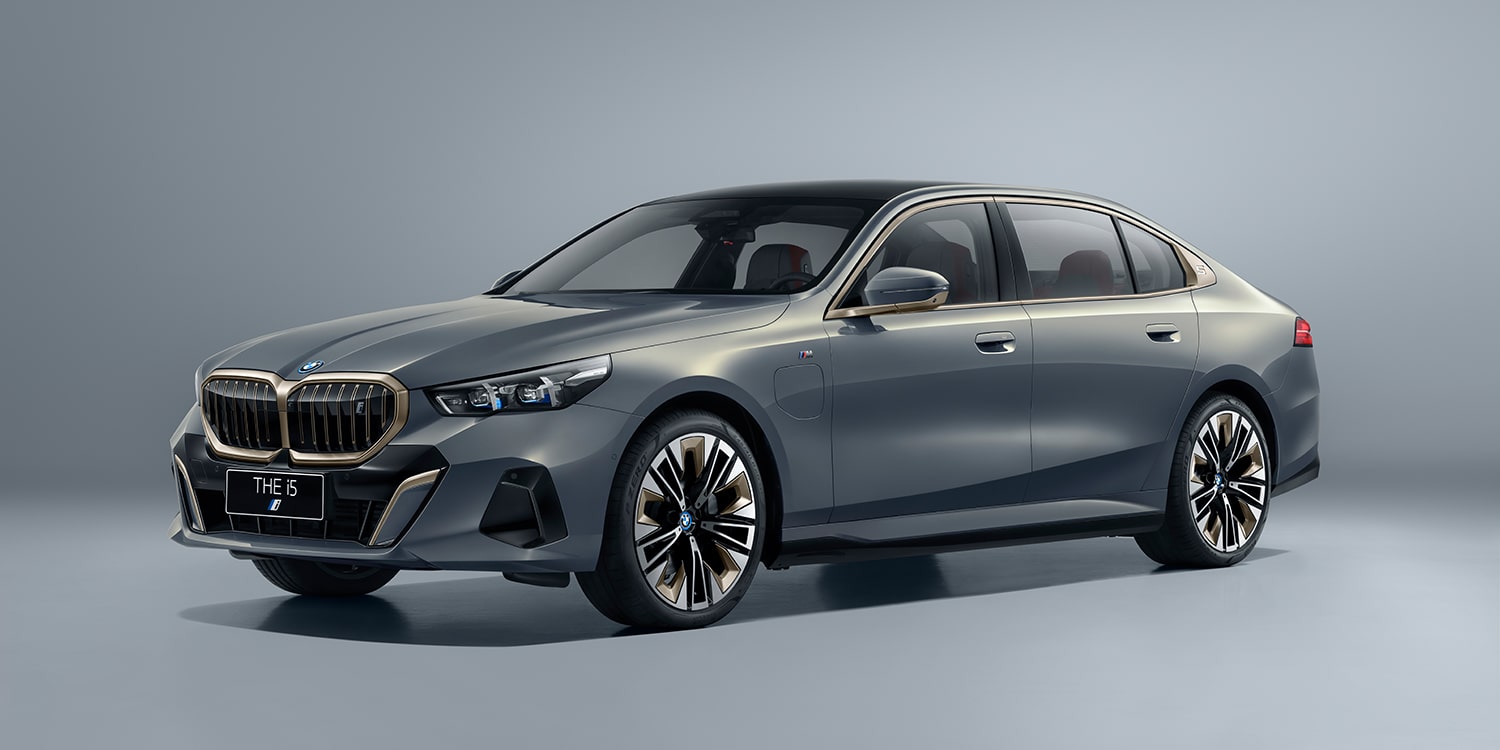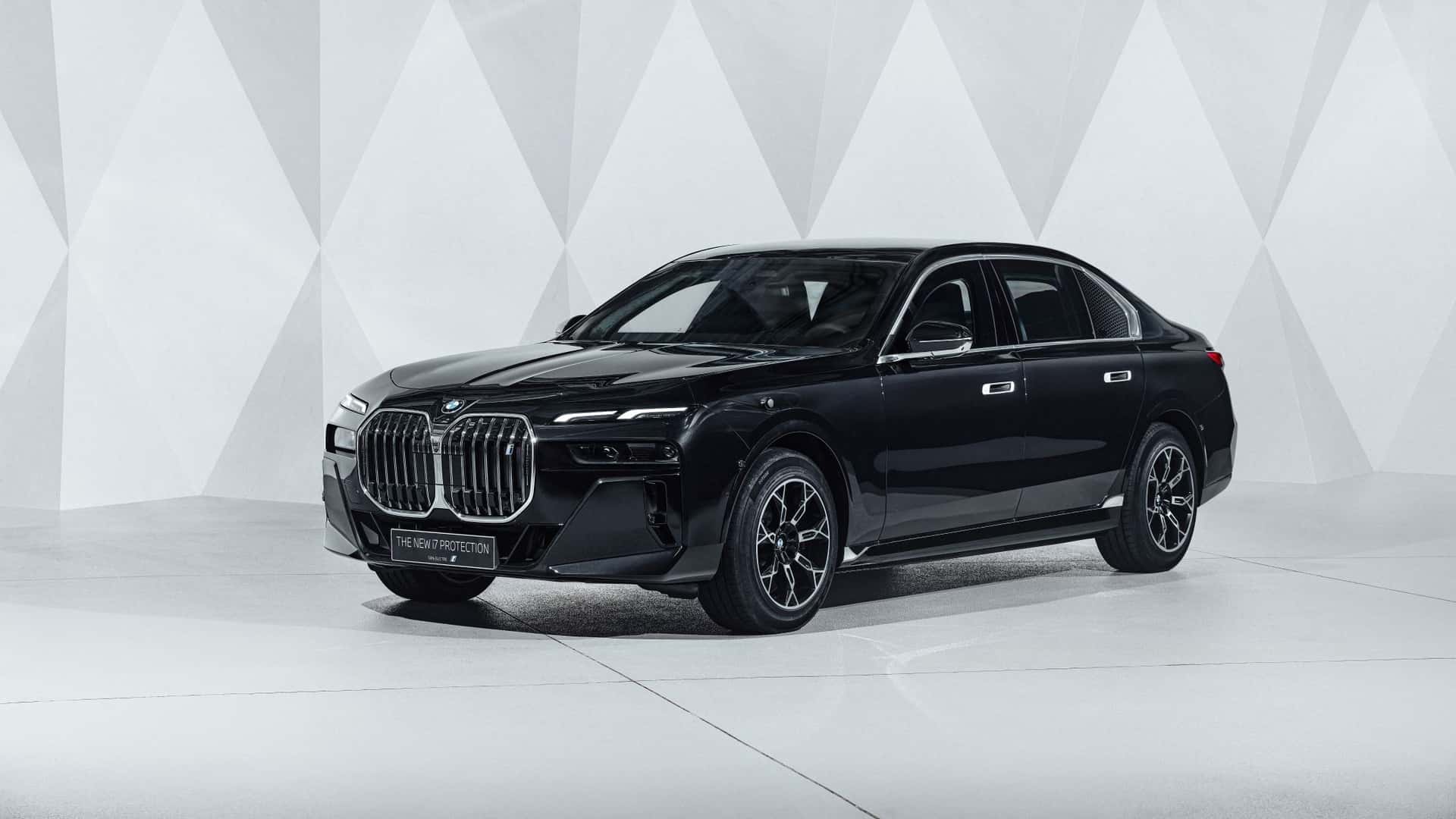BMW has taken significant steps to bolster its research and development (R&D) competency and software development capabilities for full-stack Intelligent Connected Vehicle (ICV) development in China. The move is part of BMW’s strategy to further its presence in the Chinese market and foster innovation in future mobility, responding to the changing needs of Chinese customers.
Under the guidance of Dr. Robert Kahlenberg, BMW has recently upgraded its R&D management in China, consolidating all development functions within the country under one unified structure. This integration aims to enhance collaboration across different R&D functions and capitalize on the innovation potential within BMW’s China R&D network, which has become a significant player in the global R&D landscape.
The BMW Group’s R&D network encompasses 17 countries, with China emerging as the largest R&D and innovation network outside Germany. Presently, over 3,200 designers and engineers, including NEV and software specialists, collaborate closely with Chinese tech players, start-ups, local partners, and academic institutions to drive cutting-edge innovations.
See also: BMW’s First Electric 5 Series Sedan, the i5, Rolls off the Assembly Line
Human-machine interaction remains a key aspect of the user experience, and BMW has established the Skylab human-machine interaction design team in China. This facility encompasses core design functions, such as user experience design, visual design, usability research, and human-machine interaction development. The team consists of designers, software engineers, cognitive psychologists, and others, employing a systematic and advanced approach to usability research using simulation models.
BMW places significant emphasis on hardware-software integration in car development, and China’s BA TechWorks in Nanjing will expand its software team to 500 associates by the end of 2023. This expansion aims to strengthen full-stack development capabilities for Intelligent Connected Vehicles, enhancing the overall user experience.
Moreover, China has become an essential hub for BMW’s battery capabilities. Since its establishment in 2017, the Shenyang R&D Center has focused on electrification technology development, product localization, calibration, and validation. Recently expanded in Phase II, the center now includes 19 new laboratories, 17 of which are dedicated to testing new energy vehicles.
BMW’s testing and validation presence in China is the largest outside Germany. The Shenyang R&D Center boasts a globally leading EMC laboratory, an acoustic hub Dyno laboratory, outdoor test tracks, and a High-Voltage Battery (HVB) testing lab. Rigorous vehicle testing is conducted across various geographical locations, ensuring optimal performance for all models, irrespective of weather and road conditions.
See also: BMW’s Futuristic EV Vision: Simulated Gearbox and Vibration Feedback for Next-Gen M Models
As part of its collaborative efforts in China, BMW engages with established tech giants such as Tencent, Alibaba, China Unicom, Navinfo, and Huawei. Additionally, the company fosters partnerships with emerging tech innovators and leading universities like Tongji University and Tsinghua University. Recently, BMW signed a Memorandum of Understanding with China Automotive Technology & Research Center (CATARC) to explore collaboration in intelligent connected vehicles, new energy vehicles, sustainability, vehicle safety, and related areas.
BMW’s enhanced R&D capabilities and strategic partnerships in China reaffirm its commitment to serving the evolving demands of the Chinese automotive market. By prioritizing innovation and collaboration, BMW aims to remain at the forefront of the future of mobility.

